| There is a greater risk of being in a collision when riding at night. The following are tips for safe night riding.
| |
|
| |
|
| |
| |||
| Difficult weather conditions can affect a rider adversely with regards to visibility, temperature extremes, wind and reduced traction. Think twice before riding in any poor weather.
| |||
- Strong or gusty winds can affect how a motorcycle handles and may make it difficult or impossible to maintain a proper lane position.
- Traction is reduced by moisture on the road surface. Pavement is particularly slippery just after it starts to rain and before the surface oil gets washed to the side of the road.
- Wet pavement, gravel roads, sand, mud, snow, ice, painted lane markings and steel surfaces such as utility hole covers should be avoided if at all possible. To ride safely on slippery surfaces do the following:
-Slow down before getting to a slippery surface to lessen the chances of skidding. Reduce your speed before entering wet curves.
-Sudden change in speed or direction can cause a skid. Be smooth when speeding up, shifting gears, turning or braking. The front brake is still effective even when the motorcycle is on slippery surfaces. Squeeze the brake lever gradually to avoid locking the front wheel. Remember to use gentle pressure on the rear brake. Try to avoid quick stops. - Dirt and gravel collect along the sides of the road, especially on curves and ramps leading to and from highways. Be aware of what is on the edge of the road, especially when making sharp turns and when entering or exiting highways.
- Cautious riders stay clear of roads that are covered with ice or snow. Patches of ice tend to form in low or shaded areas and on bridges and overpasses. Ride on the least slippery portion of the lane and reduce speed. If a slippery surface can not be avoided, keep your motorcycle upright and proceed slowly.
| ||
| Use your low beam headlight when riding through fog, smoke, snow or anything else in the air. Do not use your high beam headlight as it will reduce your visibility in these conditions. | ||
| Traction may also be reduced by:
| ||
|
|
| |
| ||
| Crossing railroad tracks | |
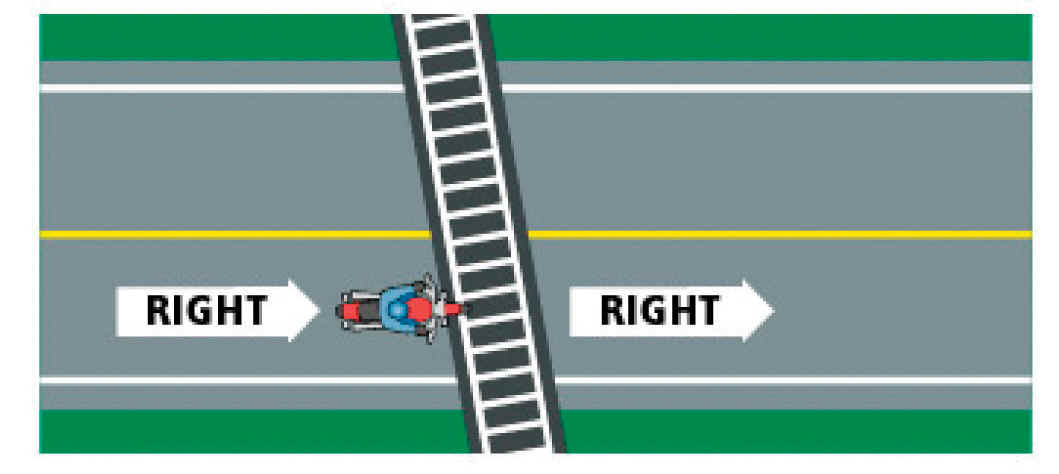 | |
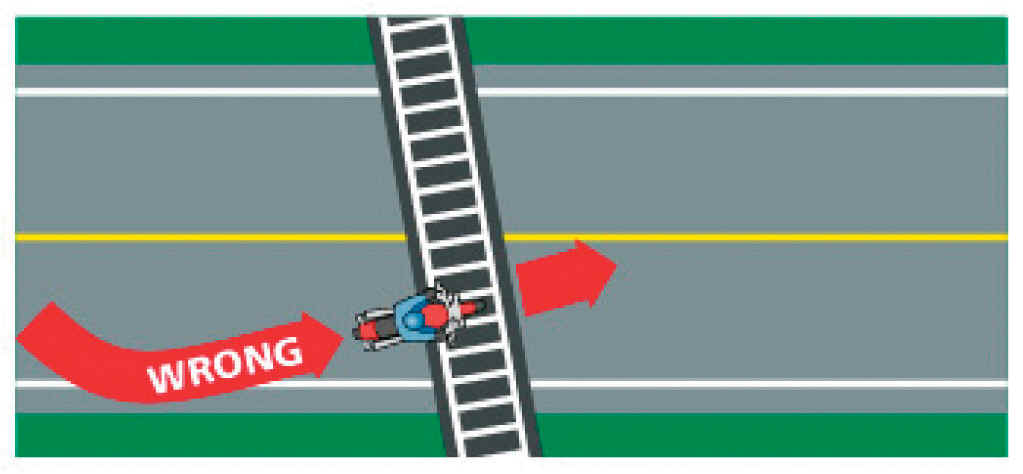 | |
TQ to Government of Alberta
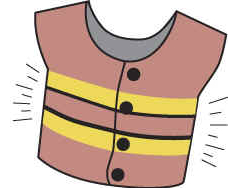
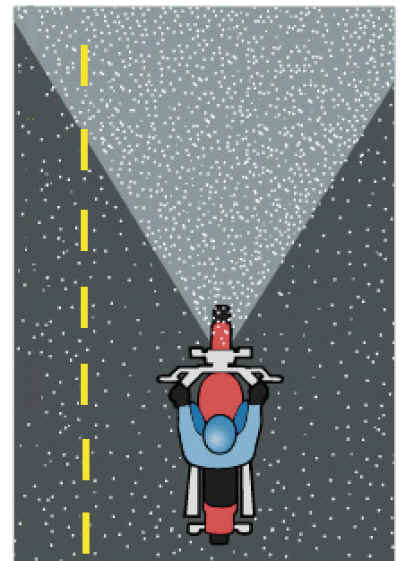
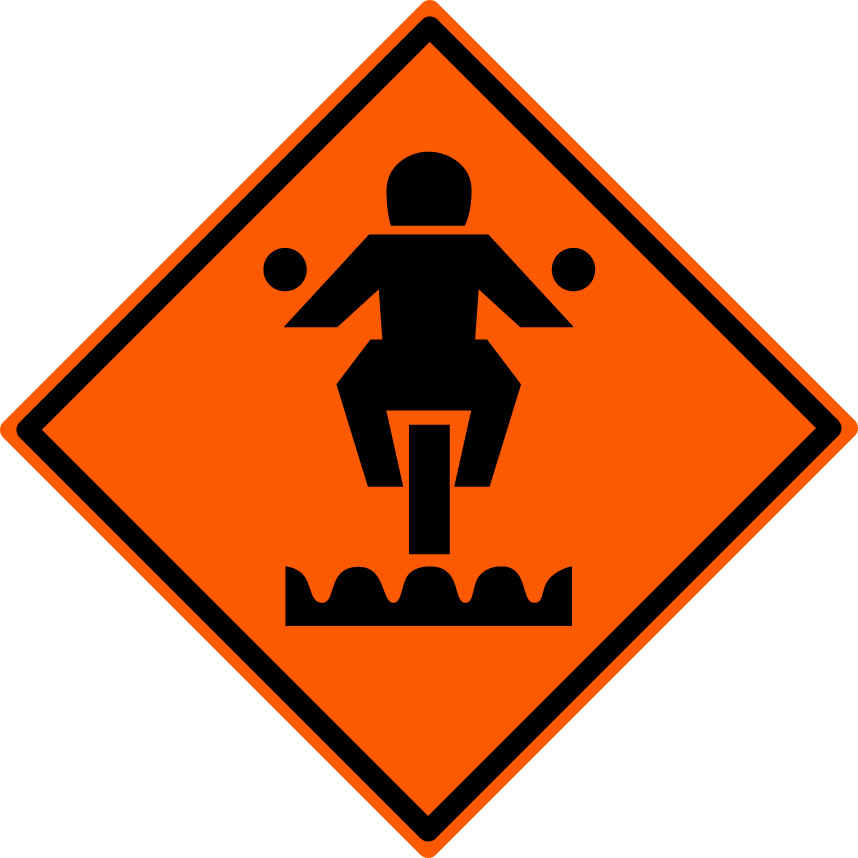
No comments:
Post a Comment